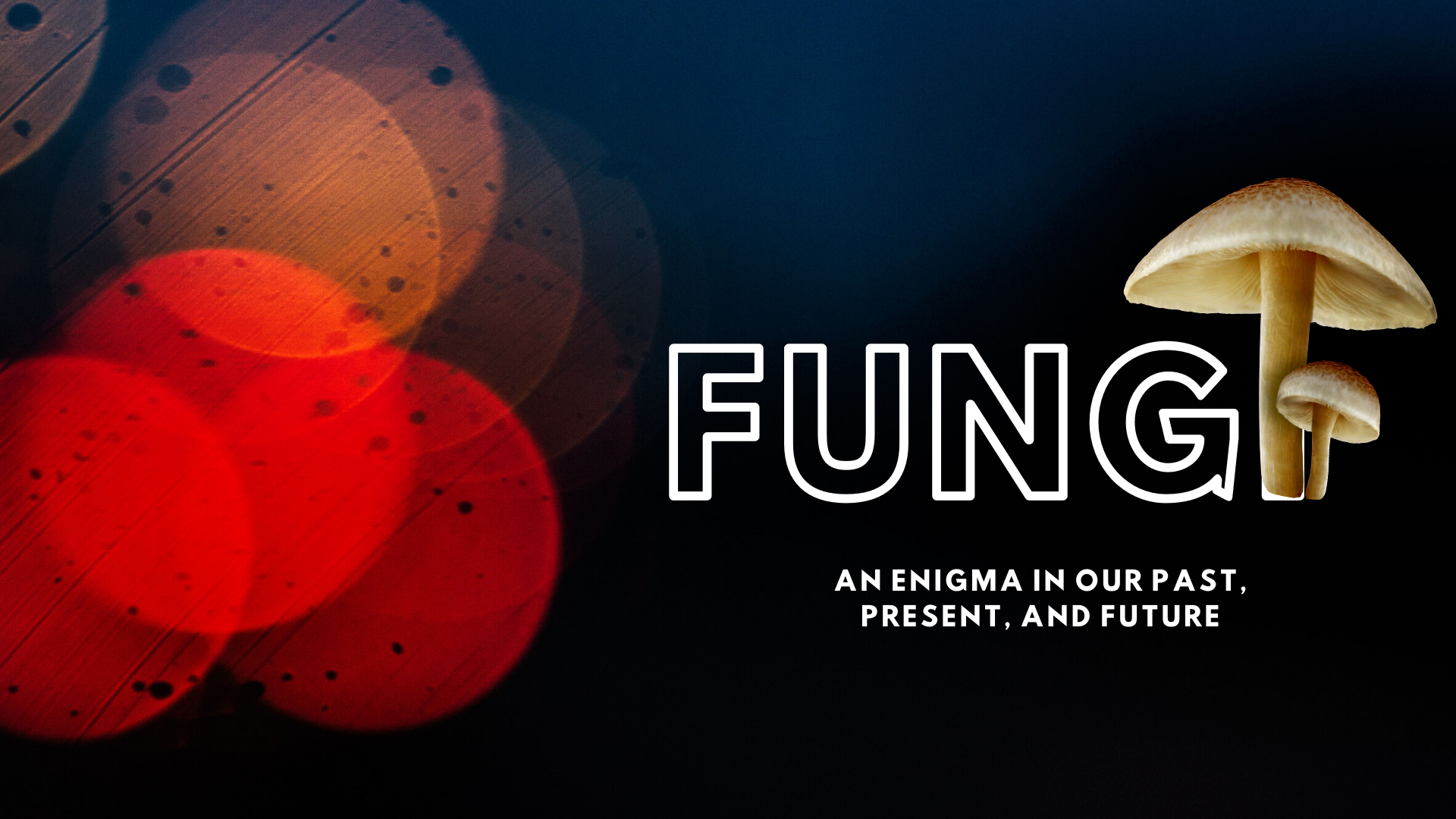It seems evident that in our existence as human beings, in whichever social environment that we emanate from, experience a desire to seek some form of contact with the essential mystery underlying our state of being. Across our history as a species, humankind has always sought after some form of transcending fulfilment – our civilizations, artwork, philosophies, science, and religion all give evidence for this quest to connect with the divinity. This quest is at least as old as our species, and archaeological evidence shows that human beings accepted the idea of sacred Gods long before the emergence of writing, civilization, agriculture, or science.
When we look back at the history of Earth, and we try to go right back to the beginning, it is clear that fungi dominated the planet some 1.3 billion years ago. It is unclear how they managed to make their way here, but it is clear that they have had a long-lasting effect ever since. Fungi reproduce through the activities of spores, which are tiny unicellular, seed-like structures that exist at a microscopic level. These spores can survive in extremely unfavourable conditions, ranging from environments like the deepest trenches of the ocean to an asteroid embarking on intergalactic expeditions. Furthermore, the fungal kingdom consists of any spore-bearing life form that can give rise to yeasts, moulds, or the more well-known mushrooms.
A mushroom is the fleshy, fruiting body of a fungus, and while they may be the most commonly known members of the fungal kingdom – that is not really the whole story. The fruiting bodies are made up of a huge network of underground, thin, interconnected threads of mycelium. A mycelium is the vegetative form of a fungus, which arises from the germination of two compatible spores to form a filamentous cell, called a hypha. Hyphae reproduce through cell division, and if two are compatible with one another they fuse to form a mycelium. As the mycelium expands, it forms a web of cells, known as a mycelial network. Through this network, the roots of different plants can be interlinked, and the mycelial network enables the distribution of nutrients and information among these organisms. Additionally, it has the ability to deter unwelcome plants by spreading toxic chemicals through the network. Around 90% of all land plants share a mutualistic relationship with fungi through these underground networks. This relationship is known as a mycorrhizal association, whereby the fungus colonizes the roots of a plant – which boosts the plant’s immune system as the fungi trigger the production of the host plant’s defences, making the plant more resistant to disease. The plant can also provide fungi with a carbohydrate food source and in turn, the fungi assist the plants in the uptake of water. Furthermore, the fungi can provide nutrients such as nitrogen and phosphorus through their mycelia.
Where it begins to get really interesting, is when you start to remove the veil and see the long-lasting impression that fungi have really imprinted on Earth, from its billion-year-old infancy to present day. The internet, which we know as the “World Wide Web” as well as the human brain, both mimic the mycelial networks of mushrooms that reside underground which bind and feed all of the Earth’s soil. For example, hyphae combine every few millimetres via clamp connections to form a mycelium – very similar to neural connections within the brain. The mushroom and the brain both share similarities in their growth and morphogenesis, in addition to the growth and structure of the internet. One may be aware of the poisonous treachery of a death cap, or the culinary delicacy that a Shiitake mushroom provides, but there is also another dimension that mushrooms offer us in Psilocybin. Psilocybin, is a psychedelic compound which forms part of the tryptamine family, and is structurally similar to serotonin – a naturally occurring neurotransmitter responsible for happiness and wellbeing. These psilocybin mushrooms grow naturally in the dung of many grazing animals (which were in the path of our ancestors as they tracked game by their spoors), and induce altered states of consciousness, where one may experience extreme euphoria whilst simultaneously feeling more friendly, more courageous, and less aggressive. It is very interesting to note that the people responsible for developing the internet knew of the visions and insights that the mushroom brought about.
The fungal internet epitomizes one of the key aspects of ecology – that seemingly separate organisms tend to be more interdependent and interconnected as a result of the vast mycelial network. The mushroom is constantly evolving with humankind, bringing forth ideas from its own immense database into the human world. These ideas include ways to live on Earth that can incorporate monumental connectivity and intelligence, whilst simultaneously incorporating integration with the natural world. Furthermore, mushrooms have the ability to treat many diseases such as Cancer (using Shiitake); Alzheimer’s (using Lion’s Mane); PTSD and depression (using Psilocybin); Tuberculosis (using Agarikon); and they can clean up industrial waste and oil spills (through Mycoremediation) which could help mitigate the increasing threat of climate change. This is just scratching the surface of what fungi can do. The urge to reach beyond the known to what is unknown has been cemented into our blocks of existence. Who knows, the answer to many of our questions may just quite literally lie beneath our feet…


